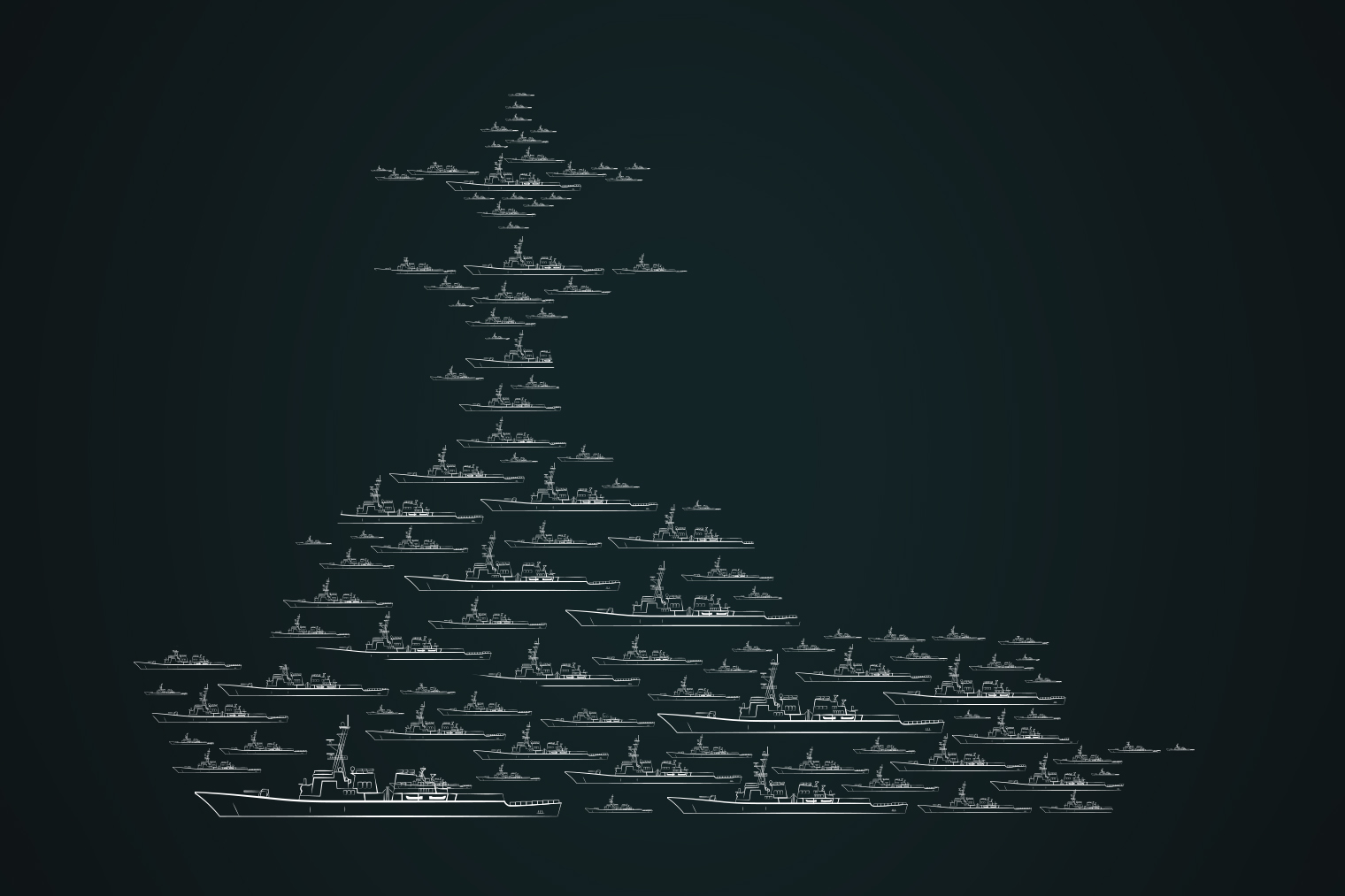Naval Warfare magazine: Frigates, US power projection, Asia-Pacific focus and more
Read the latest edition of Naval Warfare for free in our app or on your desktop. Register below to be sent the download link and receive future editions direct to your inbox.
Comment
In the same week that the US military stood up its Space Force, concerns elsewhere were firmly concentrated on naval capabilities, threats and opportunities that will have to be faced in the near future.
Features include:

Peer Pressure
USN fleet planning must adapt to face the realities of capable adversaries such as China and Russia. Shephard examines how the service is approaching the challenges ahead.

Strategic balance
The role of the frigate is changing in modern navies, with new threats and missions influencing requirements for this class of warship.

Scratching the surface
While much has been written on the USN’s surface fleet strategy in terms of hull numbers, the service’s willingness to shift towards using unmanned, autonomous surface combatants is equally significant.
Other features include:
Planning ahead
Beijing’s naval ambitions in the South China Sea and further afield have been a cause of concern for some years. Shephard analyses the responses of other regional actors and powers.
New lease of life
Extending the life of surface combatants is often an appealing alternative to procuring new hulls, but changes in budgets and missions, plus delays to upgrade and successor programmes, can disrupt the best intentions.
Coastal command
The doctrinal shift towards preparing for conflicts in contested environments against highly capable adversaries is exemplified by the field of littoral operations.
On the sly
Relied upon to clandestinely insert special reconnaissance teams into an area of operation undetected by enemy forces and indigenous populations, swimmer delivery vehicles remain a mission-critical asset for maritime SOF units around the world.
Taking aim
Navies are on the cusp of a revolution as a first generation of shipborne high-energy laser weapon systems approaches introduction to service. But platform integration challenges remain.

More from Naval Warfare
-
![Future Canadian Continental Defence Corvette will provide “Halifax-equivalent capabilities”]()
Future Canadian Continental Defence Corvette will provide “Halifax-equivalent capabilities”
Although the CDC project is still in its early stages, the Canadian Department of National Defence already has some requirements for the future platforms.
-
![US Navy to acquire micro-uncrewed underwater vehicles for ISR and coastal data collection]()
US Navy to acquire micro-uncrewed underwater vehicles for ISR and coastal data collection
The Naval Supply Systems Command is seeking authorised resellers of JaiaBot uncrewed underwater vehicles and multivehicle pods. The platforms will support undergraduate education at the US Naval Academy.
-
![NATO tests use of “undetectable, jam-proof” laser communication in maritime scenarios]()
NATO tests use of “undetectable, jam-proof” laser communication in maritime scenarios
As part of its effort to better prepare its capabilities for operations in contested and congested scenarios, NATO evaluated a Lithuanian ship-to-ship terminal designed to not be susceptible to enemy interference.
-
![Future of the Canadian Patrol Submarine Project is still unclear]()
Future of the Canadian Patrol Submarine Project is still unclear
The Canadian government remains tight-lipped on the timeline and funding required for the next steps of its Canadian Submarine Patrol Project, which should offer improved capabilities for the country’s navy.
-
![Mitsubishi eyes future with Australia’s Mogami selection]()
Mitsubishi eyes future with Australia’s Mogami selection
With Australia’s selection of the Mogami-class for Project Sea 3000, Mitsubishi is investigating local production in the next decade as potential export opportunities emerge.
























